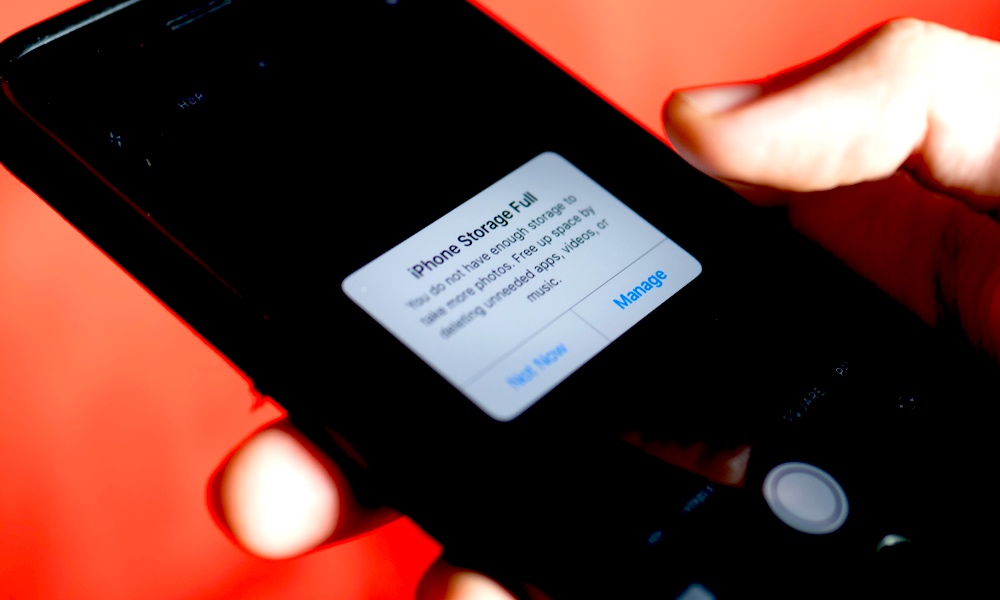iPhone Says There’s No Storage When There Clearly Is? Try These Fixes
 Credit: Wachiwit / Shutterstock
Credit: Wachiwit / Shutterstock
Toggle Dark Mode
Running out of storage on your iPhone can be frustrating. That’s especially true if you can’t delete or even see the data hogging up your storage space.
This is an issue that doesn’t appear particularly widespread. But when it does happen, there’s also not an easy fix.
In any case, here are a few things you should try if your iPhone still appears to have storage but you keep running into “not enough storage” messages.
Check Your Actual Data
This article assumes that the storage data in Settings > General > iPhone Storage clearly shows that there is leftover storage on your iPhone.
We aren’t talking about there being too much data in “Other” category or more routine storage issues. You can follow our previous guides on clearing out old files and data — it’s usually pretty simple.
But it’s possible that there could be data taking up space on your device that you can’t delete easily. Depending on the age of your device, this “ghost” data may not even show up in the Other category in iPhone Storage.
In these cases, you’ll have to run some deeper troubleshooting.
Clear the Cache
The first thing you’ll want to try is to simply reset some of the preferences and settings on your device. This will clear out certain caches on your iPhone, and it could lead to more storage (or a more accurate storage readout).
- To do so, just go to Settings.
- General.
- Reset.
- Reset All Settings > Note: Don’t tap Erase All Content and Settings. This will delete all of your data, which could be problematic if you don’t have a recent backup.
- After the process is complete, try heading back to iPhone Storage and see if the data is any different.
Plug Your Device into iTunes
Another way to clear leftover cached data on your iOS device is to simply plug it into a computer with iTunes and leave it there for a while.
Once you do this, it’ll trigger a reorganization process on your device. That could allow iOS to “clear out” leftover or unnecessary data.
Carry out a Full Restore
If all else fails, one thing you can try is to perform a full restore using iTunes on a Mac or PC. (If you’re running macOS Catalina or later, you’ll use Finder instead.)
This will allow you to start from a “clean slate,” even if there are hidden files or data on your iPhone that the storage system isn’t normally able to access.
For example, if you’ve jailbroken your device in the past, there could be leftover data that iOS can’t access. Occasionally, over-the-air iOS updates can also leave old install images that aren’t deleted properly.
A full restore will delete these files. We recommend trying to create an encrypted backup of your device, wiping it clean, and restoring from that backup.
Of course, if that still doesn’t work, then the problem may be stored within that backup. In these cases, restoring to factory settings without a backup or taking your device to Apple are probably the only options left.







